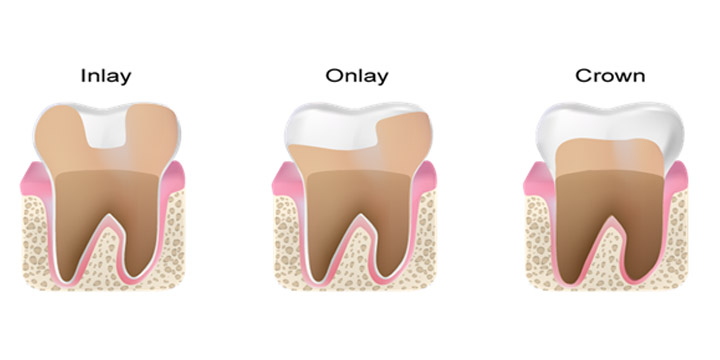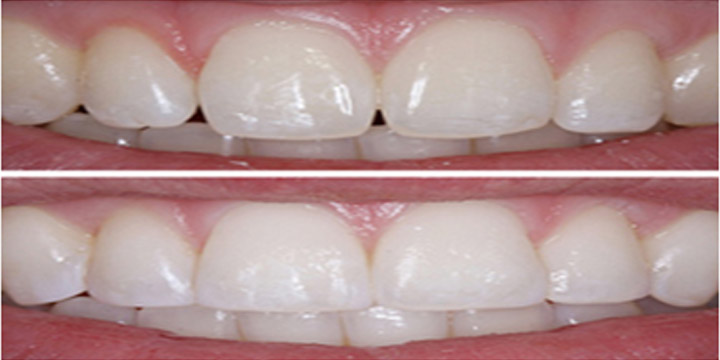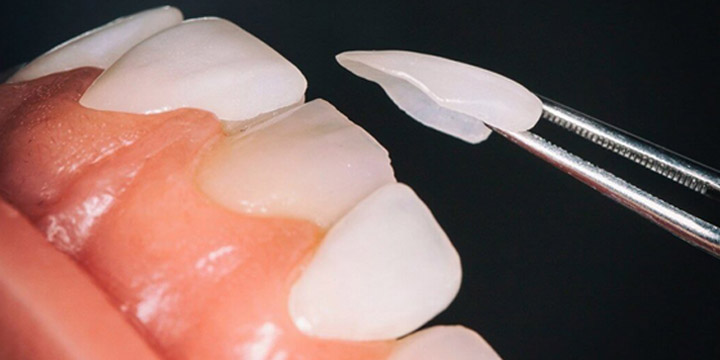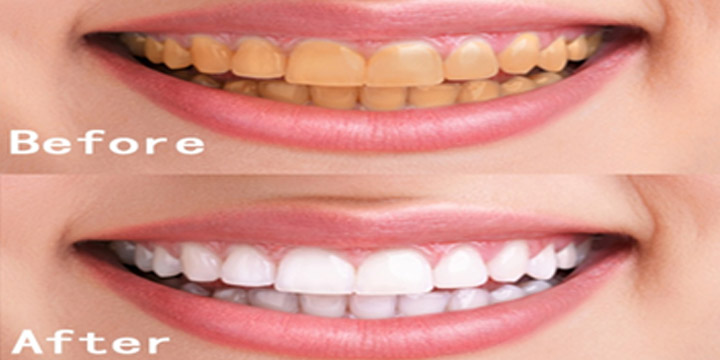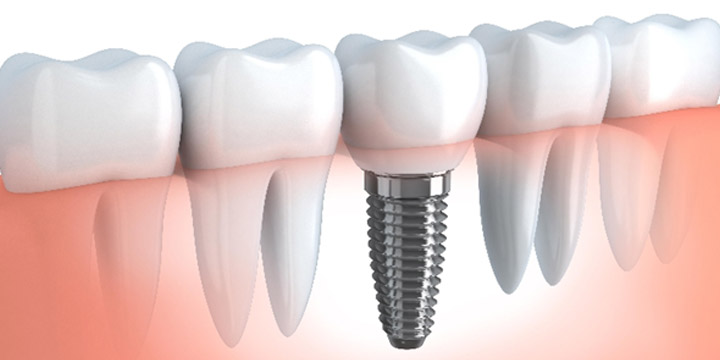Replacing missing teeth is crucial not only for aesthetic purposes but also for maintaining good oral health and overall health. When teeth are missing, it can become difficult to chew food and speak clearly, and the area around the mouth may sag. Missing teeth can also cause other teeth to tilt or move out of place, and can lead to bone loss and changes in chewing patterns. Furthermore, missing teeth can lead to other health conditions if left untreated. Therefore, it is critical to replace missing teeth to maintain good oral health and overall health. When you lose a tooth, it can be tempting to leave the space empty. This is called a “tooth vacancy” and it can lead to other problems in your mouth. For example, when teeth are missing, it becomes difficult to chew food and speak clearly. The area around the mouth may sag as well.
To replace missing teeth, you may need to undergo several procedures. The first step is an evaluation by a dentist or oral surgeon. This will help determine the extent of damage and whether additional treatments are necessary before replacing the missing tooth.
Replacement options include dentures, bridges and implants. Dentures are removable appliances that fit over the gums and other teeth. They can be made of a variety of materials, including acrylic resin or metal alloys. include dentures, bridges and implants. Dentures are removable appliances that fit over the gums and other teeth. They can be made of a variety of materials, including acrylic resin or metal alloys. To replace missing teeth, you may need to undergo several procedures. The first step is an evaluation by a dentist or oral surgeon. This will help determine the extent of damage and whether additional treatments are necessary before replacing the missing tooth
When you lose a tooth, the first thing to do is visit your dentist. A missing tooth can cause other teeth in the mouth to shift out of place and may lead to bone loss around the jaw. The longer you wait to replace missing teeth, the more difficult it will be for your dentist to restore their original position.



